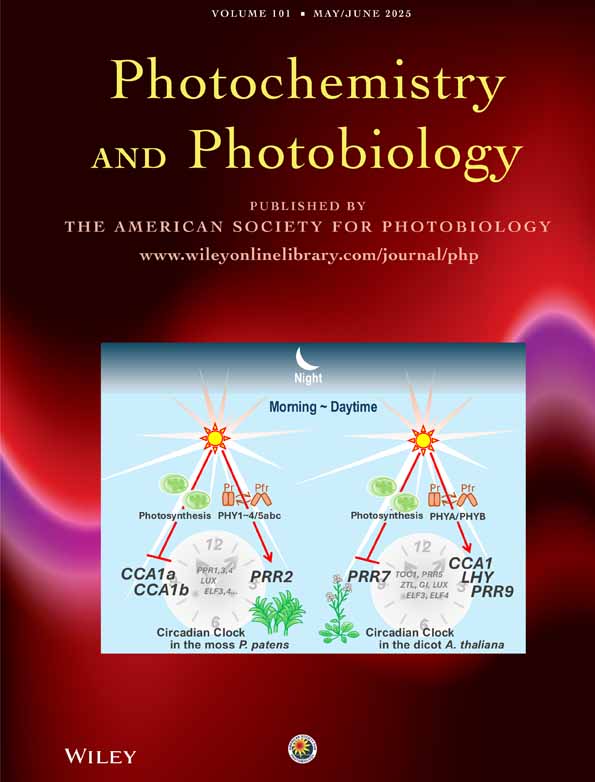ELECTRON-DONOR-ACCEPTOR ORBITAL CORRELATIONS-VII. INTERMOLECULAR ORBITAL (LCMO) DESCRIPTION OF PHOTOSENSITIZED CHARGE SEPARATION IN A 4-CENTER UNIT*
*Editor's Note: This paper was presented at a symposium on Photosensitization in Biological Systems at the annual meeting of the American Society for Photobiology held June21–25, 1987 in Bal Harbour, Florida.
Abstract
Abstract— The conditions under which electronically-excited 1: 1 complexes are expected to produce high yields of separated radical-ions are presented with reference to the porphyrin-quinonc system in terms of the symmetry properties of intermolecular orbitals (IMO). These conditions are translated into design properties of a 4-center photoinduced charge separation unit DDAO in which post-excitation energy and electron transfer processes result from diabatic internal conversions between singly-excited configurations differentiated by the location of holes and electrons in valence and conduction IMO of the unit. It is suggested that a major role of the donor pair is the inhibition of diabatic charge recombination by the low intermolecular component of the vibrational overlap integral over isoenergetic ground (DD) and cationic (DD +) configurations.




